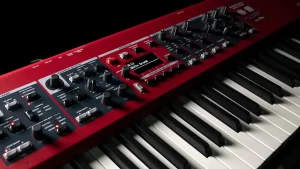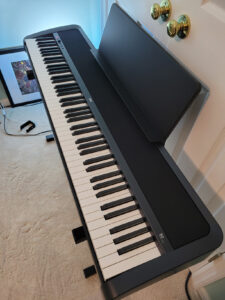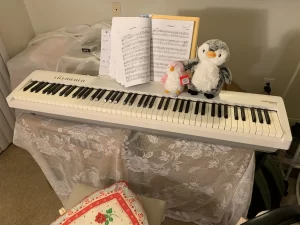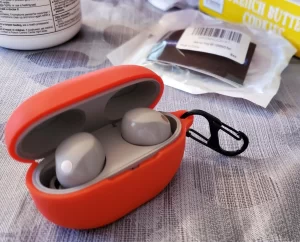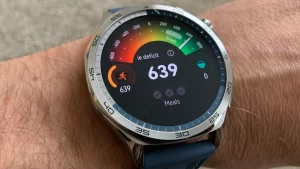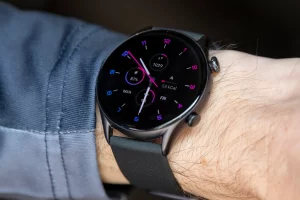Casio Privia PX-S1100 Digital Piano Review
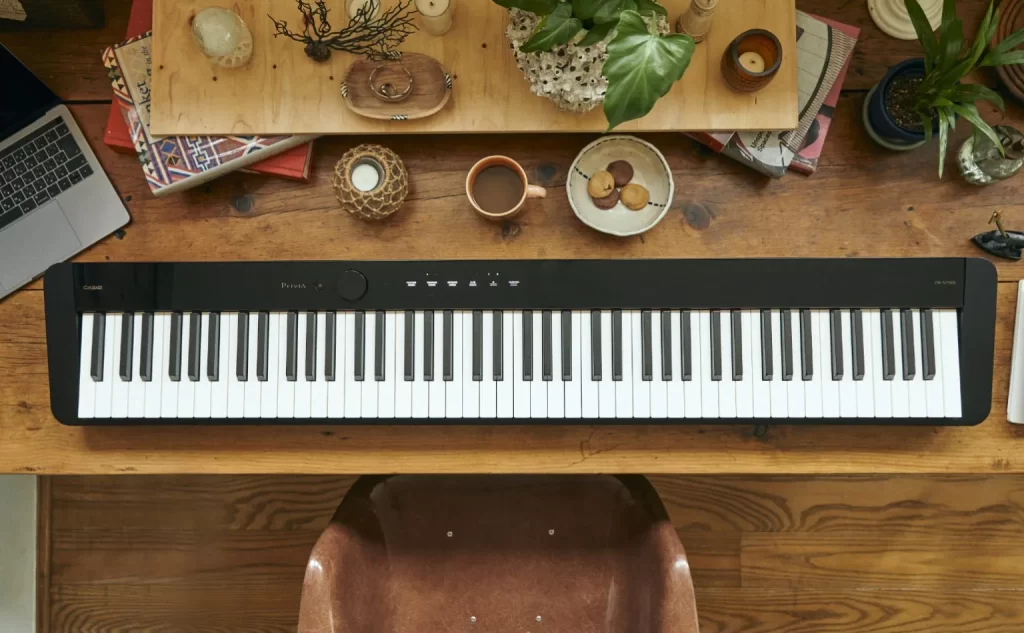
When I first got my hands on the Casio Privia PX-S1100, I was surprised by how compact and light it was. I’d read that it weighed less than 25 pounds, but it wasn’t until I set it up that I realized how portable it truly is. I could move it from room to room or even take it to a friend’s house without much trouble. Its slim design made it easy to place on any flat surface, whether it was a table or a stand. For me, this was a big plus since space is always an issue in my home.
The look of the piano is simple but elegant. It has a polished finish and illuminated touch controls that light up when you use them. These controls are easy to figure out, even if you’re new to digital pianos. I didn’t feel overwhelmed by buttons and options, which was nice. The design feels modern, but it’s not flashy or distracting. It’s the kind of instrument that blends into any setting.
When I started playing, I noticed how comfortable the keys felt. They have a textured surface that mimics real ebony and ivory, and this gave me confidence while playing. My fingers didn’t slip, even when I was practicing for long stretches. The Smart Scaled Hammer Action Keyboard was one of the standout features for me. Each key responds differently, just like on an acoustic piano, so it felt natural to play. I could tell that Casio put effort into making this digital piano feel as close to a traditional one as possible.
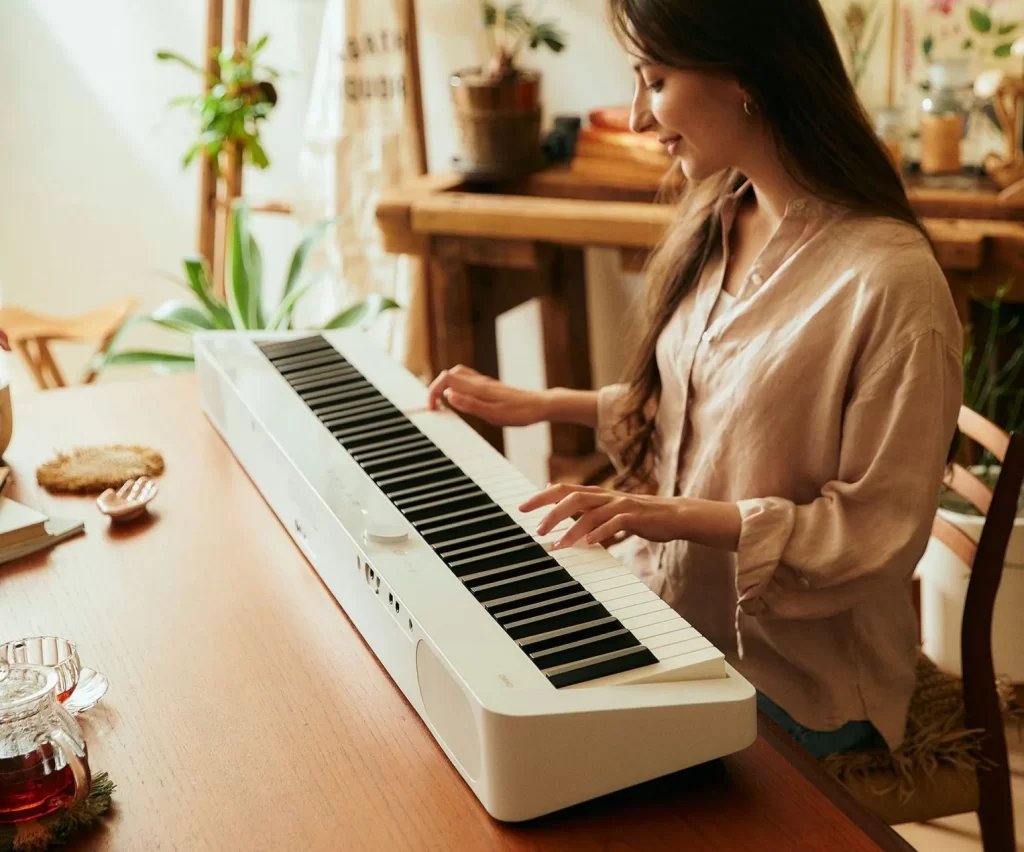
Playing Experience
The sound of the PX-S1100 is where it really shines. The main tone is based on a German concert grand piano, and it’s impressive. It’s rich, clear, and detailed, whether you’re playing softly or with force. The added resonance features make the sound more realistic. You can hear the strings and dampers in a way that feels authentic. This isn’t something I expected from a digital piano at this price range, so it was a pleasant surprise.
There are 18 tones in total, so you’re not limited to just the grand piano sound. I had fun trying out the electric pianos, organs, and strings. The variety lets you experiment and explore different styles of music. While I mainly use the grand piano tone, I think the other options add a lot of value, especially if you like to mix things up.
One detail I appreciated was the subtle mechanical sounds. You can hear the slight noise of keys being pressed and released, which adds to the overall realism. It’s not loud or distracting, but it’s noticeable enough to remind you of an acoustic piano. Features like this, along with the hammer response and key-off simulation, make the PX-S1100 feel more alive.
The speakers on this piano are clear and powerful. They face both the player and the audience, which helps fill the room with sound. I’ve played it in a small living room and a larger hall, and it performed well in both spaces. If you prefer to play quietly, there are two headphone jacks. This is handy if you want to practice without disturbing others or if you’re working with a teacher or friend.
Connectivity and Features
One of the features I used a lot was the Bluetooth connectivity. The piano comes with a WU-BT10 Bluetooth adapter, which lets you connect your phone or tablet wirelessly. I used it to play along with music from my playlist, and it worked smoothly. The sound comes through the piano’s speakers, so it feels like you’re part of the music.
This feature is great for practice or casual playing. I also tried connecting it to some music apps to explore MIDI functionality. While I’m not deeply into MIDI or audio recording, the options are there if you want them. The USB-MIDI and the ability to record or play back MIDI and audio files give this piano extra flexibility.
For those who like to learn or experiment, the PX-S1100 works with the Chordana Play for Piano app. You can control some of the piano’s settings through the app or use it to learn new songs. It has a graphical piano roll and other features that make it beginner-friendly. I played around with it a bit and found it helpful, though I still prefer traditional sheet music.
The piano also has four types of Hall Simulation. This lets you adjust the sound to mimic different spaces, like a concert hall or a small studio. It’s a nice feature if you want to change the atmosphere of your playing. I didn’t use it often, but it’s there for those who like to experiment with sound settings.
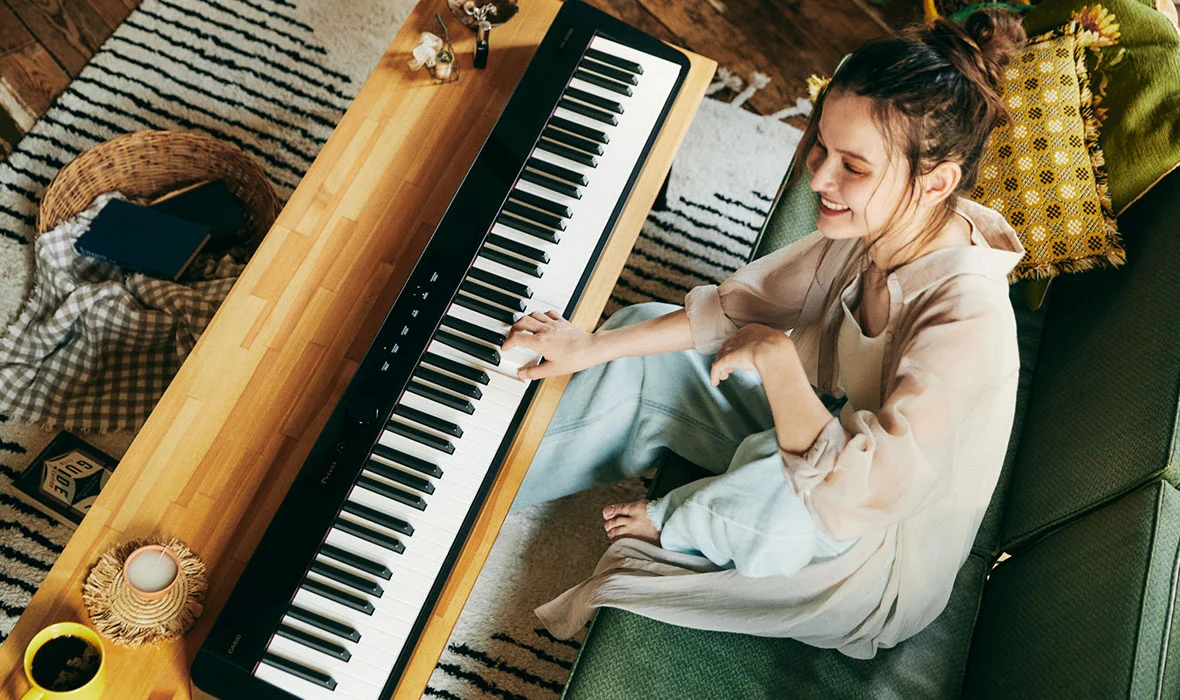
Portability and Design
What makes the PX-S1100 stand out is how portable it is. Its slim design means it takes up very little space. I’ve had larger digital pianos before, and they always felt bulky and difficult to move. This one, however, fits easily in tight spaces.
I also tried using it with batteries instead of the AC adapter. It runs on six AA batteries, which makes it completely portable. I took it outside once for a casual jam session, and it performed just as well as it did indoors. The battery option adds a lot of flexibility, especially if you want to take it to places without a power outlet.
The piano looks good in any setting. You can also buy an optional wooden stand and a three-pedal unit if you want a more traditional setup. I didn’t get these accessories, but I can see how they’d be useful for someone who wants a permanent spot for the piano in their home.
Educational and Performance Features
For those learning to play, the PX-S1100 has a Duet mode. This splits the keyboard into two equal ranges, so two people can play at the same time. I used this feature while practicing with a friend, and it worked well. It’s especially helpful for lessons, as a teacher and student can play together.
Another small but useful feature is the ability to connect the piano to a piano lab system. If you’re using it in a school or group setting, this compatibility makes it easier to integrate into a shared learning environment.
Final Thoughts
The Casio Privia PX-S1100 is a well-rounded digital piano that suits a variety of needs. Its compact design and light weight make it easy to move around, while its realistic sound and touch make it enjoyable to play. The Bluetooth features and compatibility with apps add modern functionality without being complicated.
I think it’s a great choice for both beginners and experienced players. If you’re looking for a piano that combines portability, realism, and versatility, the PX-S1100 is worth considering. For me, it has been a reliable and inspiring instrument that fits well into my life.

